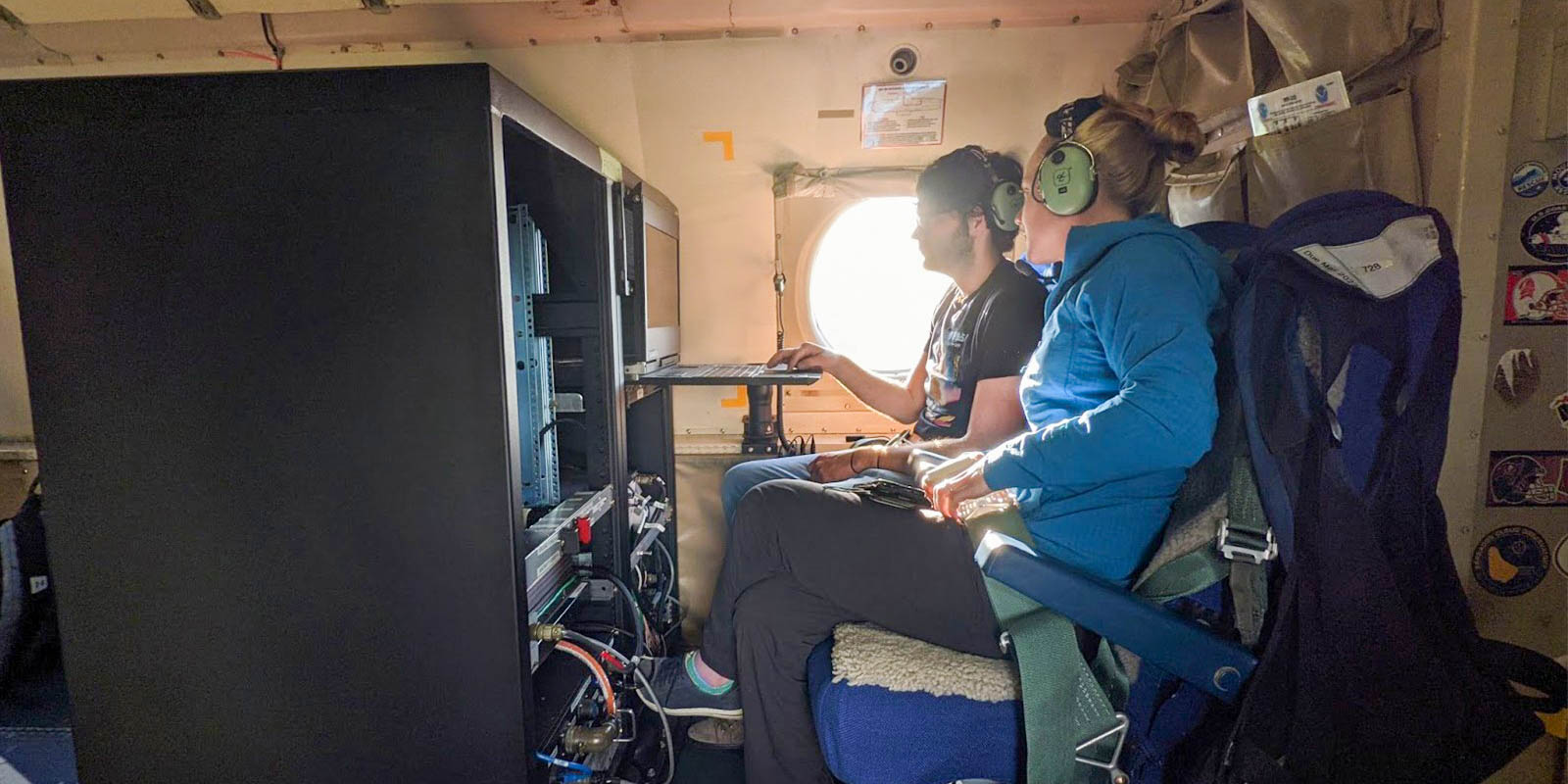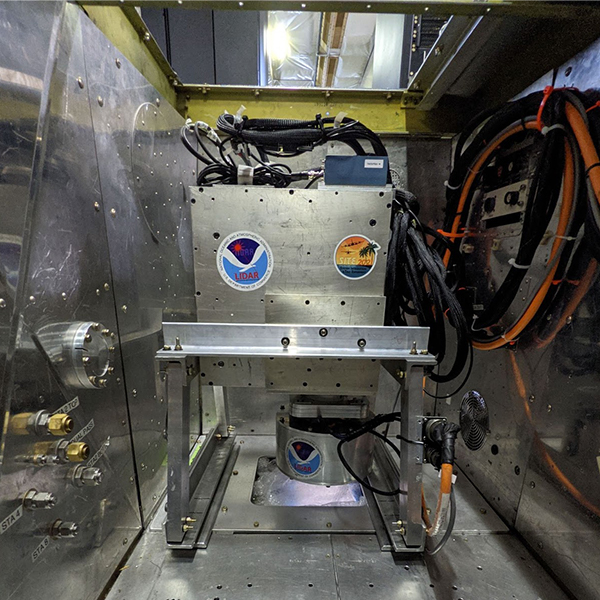A .gov website belongs to an official government organization in the United States.
A lock () or https:// means you've safely connected to the .gov website. Share sensitive information only on official, secure websites.
6 August 2021
adapted from the story by NOAA AOML Communications

Scientists from the NOAA Atlantic Oceanographic Meteorological Laboratory Hurricane Research Division (HRD) are collaborating with scientists from the NOAA CSL Atmospheric Remote Sensing research program to test the Micro-pulse Doppler lidar (MicroDop), a small light instrument to measure storm winds from NOAA's Hurricane Hunter research aircraft to learn if this data can improve hurricane forecasts. The installation and test flights for the System Integration and Test Experiment (SITE) concluded this week.

Hurricane Hunters equipped with the new lidar flew over the Florida peninsula, the southeast U.S. coast during Tropical Storm Elsa and the western Gulf of Mexico. Scientists are interested in including MicroDop as part of future NOAA WP-3D hurricane season instrument packages to measure different regions of hurricanes, such as relatively rain-free zones outside a storm's inner core and the very lowest parts of the atmosphere near the ocean surface called the hurricane boundary layer, where other instruments do not routinely gather wind data.
MicroDop consists of a 2-micron laser that remotely senses wind velocity and other air measurements above the ocean and over land. This system is also smaller than other commonly used Doppler lidar systems which allows it to be easily added to aircraft payloads. MicroDop has the potential to improve sampling of winds inside the storm and to provide valuable data that could be assimilated into forecast models.